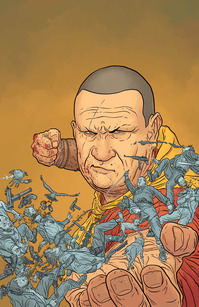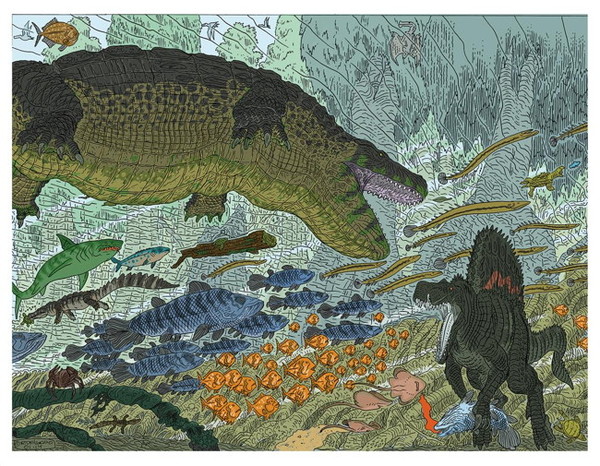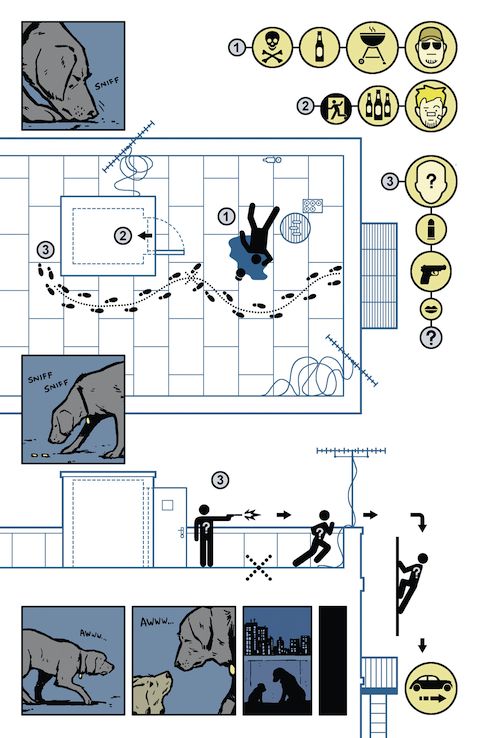Shaolin Cowboy and the Massive Impact of Silent Comics
Cover Art by Geof Darrow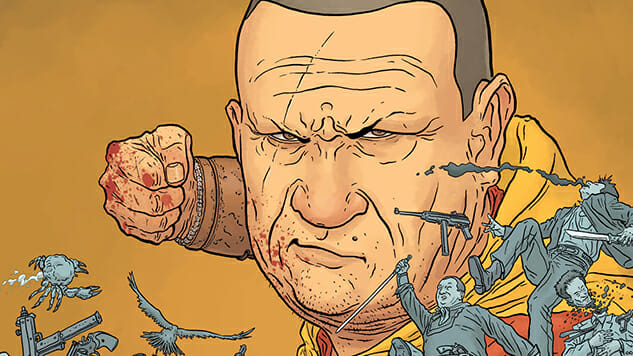
We don’t want to alarm you, but there are a lot of comics out there. Making a series stand out from the pack is damn near impossible. Aside from striking covers and overhyped events, creators have a quiet but violent arrow in their quiver: the silent issue.
The most famous such comic is 1984’s G.I. Joe #21, “Silent Interlude,” by Larry Hama, which was inspired by Jim Steranko’s brilliant Nick Fury stories. The height of (nearly) silent comics may be Shaolin Cowboy. Geof Darrow’s hyper-detailed, mega-violent, often-wordless action series returns with a new volume this week: Shaolin Cowboy: Who’ll Stop the Reign? Though the first issue of the new miniseries includes a smattering of dialogue, the vast majority of the title relies on the artist’s cinematic, intricate line work to convey story.
The first truth about silent comics is that many are noisy as hell. Just as John Cage’s famous experimental music piece 4’33” (in which the performer does not play and the audience listens to the sounds in the room) is often called the silent piece, it’s really a noise piece. Similarly, many so-called silent issues are really just word-free. But that lack of words is often filled with a cacophony of violence.
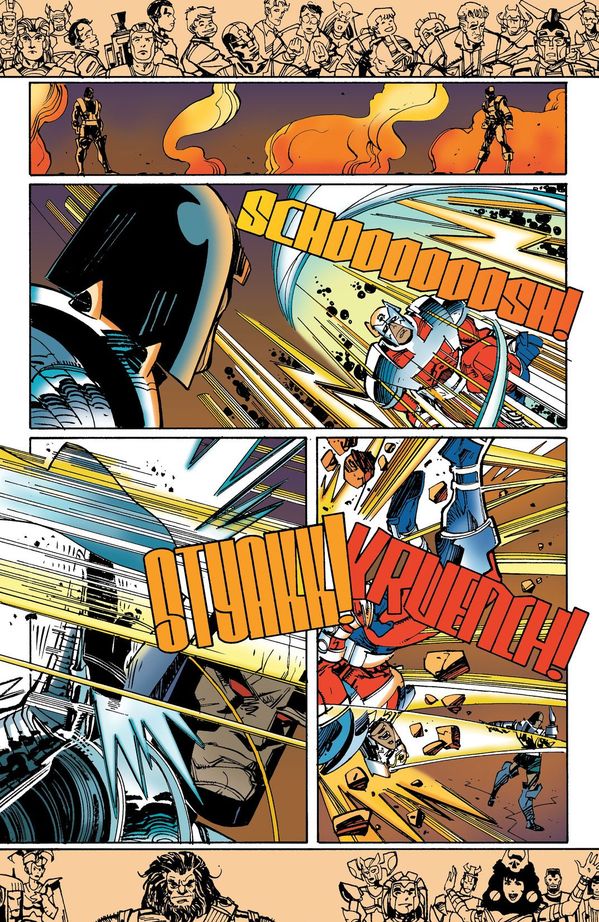
Orion #5 Interior Art by Walt Simonson
One of the noisiest wordless comics is Orion #5, in which Walter Simonson presents a Darkseid-Orion brawl that somehow out-Kirbys Jack Kirby. This issue-long donnybrook features John Workman’s extravagant sound effects, as father and son have an Oedipal Wrestlemania for the ages. The only dialogue is Orion bookending the fight with “The time for talking…is over” and “It is finished.” These are amongst the most dynamic pages Simonson has ever crafted: every kick, punch and facial expression is distinct and powerful. The wordlessness helps readers feel Orion’s tragic, terrible, orgasmic victory that, no surprise, doesn’t work out well for him. Silence helps sell the equivalent of Luke Skywalker murdering Darth Vader and then becoming him.
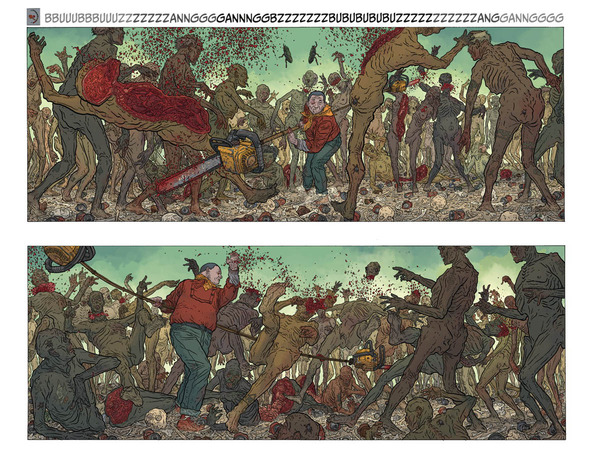
Shaolin Cowboy Interior Art by Geof Darrow
Darrow’s work is a similar sort of loud silent. The visuals in any issue of Shaolin Cowboy are meticulously detailed and choreographed, but the highlight has to be issues #2 and #3 of the 2013 volume. Our stoic hero, wielding a kendo stick with a chainsaw on each end, mows through an endless mob of zombies for 44 pages. These pages consist of splash pages split in two horizontally, matching the Cowboy’s lengthy, badass weapon. Across the top of each page is a long stream of sound effects such as “BBBUUUZZZZZZZANGGGGANNNGGBZZZ.” This relentless, disgusting, transcendent sequence makes The Walking Dead look like Power Pack.
-

-

-

-

-

-

-

-

-

-

-

-

-

-

-

-

-

-

-

-

-

-

-

-

-

-

-

-

-

-

-

-

-

-

-

-

-

-

-

-

